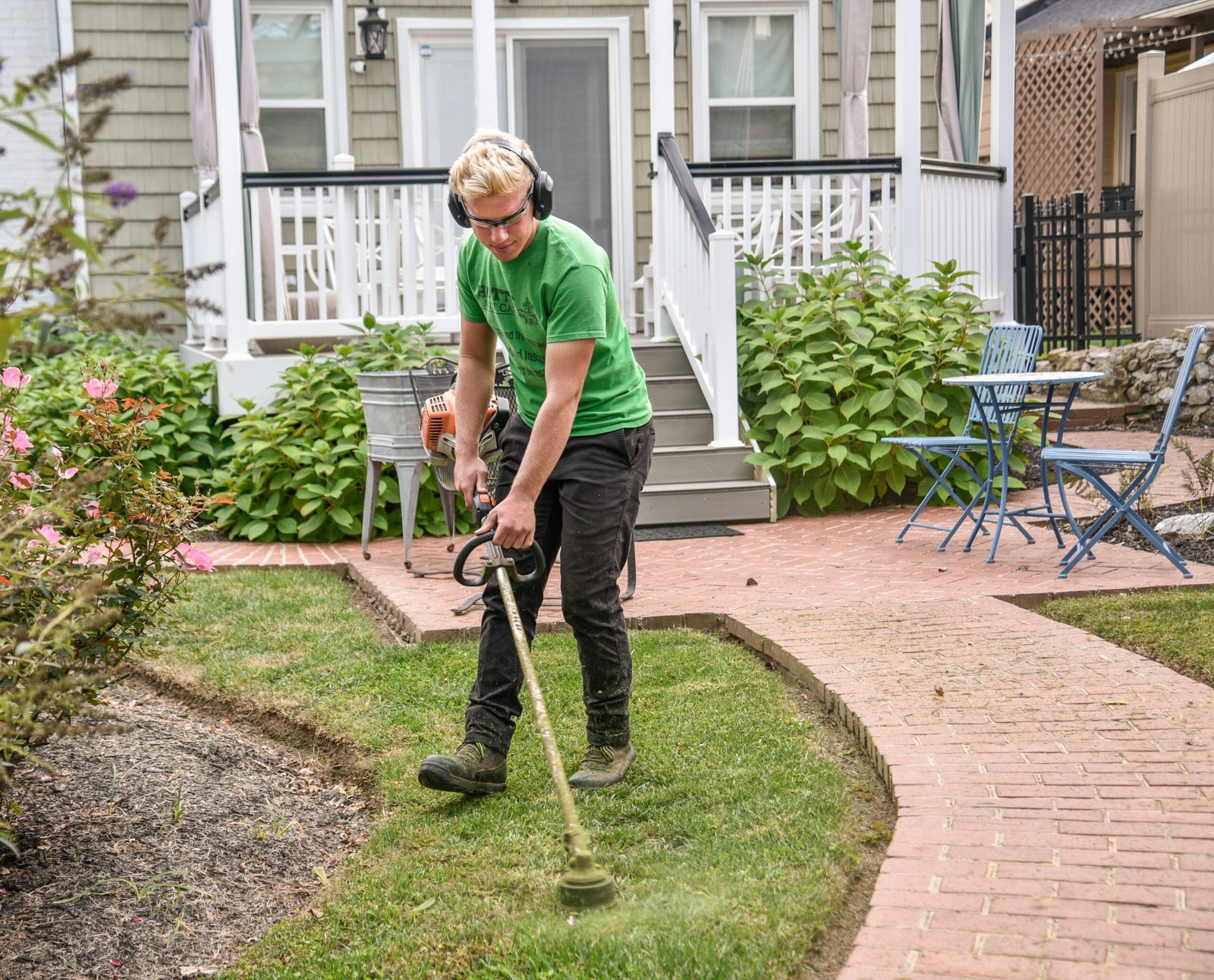Introduction
Developing a robotic system capable of autonomous navigation in unstructured environments is a complex and challenging task. Unstructured environments refer to areas that lack well-defined paths or have obstacles that the robot needs to navigate around. This article will provide an overview of the key steps involved in developing such a system.
Sensor Selection
The first step in developing a robotic system for autonomous navigation is selecting appropriate sensors. These sensors play a crucial role in perceiving the environment and providing data for navigation. Common sensors used in autonomous robotics include cameras, lidar, radar, and ultrasonic sensors.
Cameras provide visual data that can be used for object detection and recognition. Lidar sensors use laser beams to measure distances and create a 3D map of the surroundings. Radar sensors use radio waves to detect objects and their distances. Ultrasonic sensors emit sound waves and measure the time it takes for the waves to bounce back to detect obstacles.
The choice of sensors depends on the specific requirements of the robotic system and the nature of the unstructured environment it will operate in.
Environment Mapping
Once the sensors are selected and installed on the robot, the next step is to create a map of the environment. This involves collecting data from the sensors and processing it to generate a representation of the surroundings.
In the case of camera sensors, computer vision techniques can be used to extract features from the images and create a visual map. Lidar and radar sensors provide distance measurements that can be used to create a 3D map of the environment. Ultrasonic sensors can be used to detect obstacles and create a map based on their locations.
The environment map is essential for the robot to understand its surroundings and plan its navigation path.
Localization
Localization refers to the ability of the robot to determine its position within the environment. This is crucial for autonomous navigation as it allows the robot to know where it is relative to the map and plan its movements accordingly.
There are various localization techniques available, such as using GPS, visual odometry, or sensor fusion. GPS can provide global position information but may not be accurate enough for precise navigation. Visual odometry uses camera data to estimate the robot’s motion and track its position. Sensor fusion combines data from multiple sensors to improve accuracy and robustness.
Choosing the right localization technique depends on the requirements of the robotic system and the available sensors.
Path Planning
Once the robot has a map of the environment and knows its current position, it can start planning its path to reach a desired destination. Path planning involves finding an optimal route that avoids obstacles and takes into account any constraints or objectives.
There are various algorithms and techniques available for path planning, such as A* (A-star), Dijkstra’s algorithm, or potential field methods. These algorithms consider factors like obstacle avoidance, shortest distance, or energy efficiency to determine the best path.
The choice of path planning algorithm depends on the specific requirements of the robotic system and the complexity of the environment.
Control and Execution
Once the path is planned, the final step is to control the robot’s actuators to execute the planned movements. This involves sending commands to the robot’s motors or wheels to navigate along the planned path.
The control system needs to continuously monitor the robot’s position and adjust the commands based on any changes in the environment or deviations from the planned path.
Feedback control techniques, such as PID (Proportional-Integral-Derivative) control, can be used to ensure accurate and stable robot movements.
Conclusion
Developing a robotic system for autonomous navigation in unstructured environments requires careful consideration of sensor selection, environment mapping, localization, path planning, and control. Each step plays a crucial role in enabling the robot to navigate autonomously and safely in challenging environments.
By following these key steps and leveraging the advancements in sensor technology and algorithms, developers can create robust and efficient robotic systems capable of navigating unstructured environments with ease.







